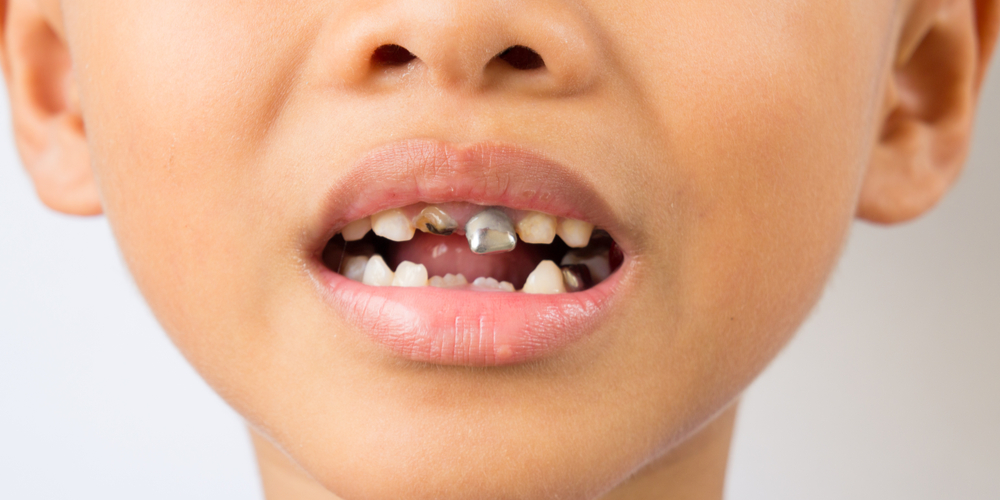
What is tooth decay?
Tooth decay is a very common condition, which occurs when the outer layers of the tooth become damaged by harmful plaque acids. These plaque acids are produced by bacteria, which thrive on the food we eat and live in the mouth. If the bacteria are not removed, the bacteria multiply and start to produce large amounts of acid, which break down the protective enamel surfaces of the teeth. Once the enamel is damaged or worn, the internal components of the tooth are vulnerable.
What causes tooth decay?
Tooth decay is caused by bacteria. When food enters the mouth, the bacteria use it to produce energy and this releases harmful plaque acids, which attack the protective enamel surfaces of the teeth. Over time, the enamel becomes increasingly weak and the tooth becomes susceptible to decay.
Risk factors for tooth decay include:
- Diet: a diet high in sugary and acidic foods will contribute to tooth decay. You should try to avoid eating sugary or acidic foods on a regular basis and avoid eating or drinking sugary foods between meals and before bed. For children, it is important to take in plenty of calcium, as this helps to make the bones and teeth strong and healthy.
- Poor oral hygiene: if you do not brush your teeth on a regular basis, the bacteria in the mouth will multiply and a greater quantity of plaque acids will be produced. It is important to brush your child’s teeth twice a day and using mouthwash and dental floss will also be beneficial.
- Smoking: this is not applicable for children, but adults who smoke have a higher risk of developing tooth decay so try to set a good example and discourage your child from smoking when they are older.
Symptoms of tooth decay
Tooth decay does not usually cause symptoms until the condition is advanced. This is why it is important to go to the dentist on a regular basis. Symptoms of tooth decay will include loose teeth and tooth pain, and you should also look out for signs of gum disease that include bad breath, tooth ache and sensitive teeth.
Treating tooth decay
If your child has tooth decay, the treatment will usually depend on the severity of the condition. Usually, if the child has decay in a milk tooth and the decay is extensive, the tooth will be extracted. It is possible to place fillings in teeth to fill cavities but the dentist may decide that this is not suitable for some children and prefer to extract the tooth instead.
Today, many children are being offered fluoride varnish and sealant treatments to help protect the teeth and reduce the risk of children developing tooth decay. These treatments are known as preventative treatments, which help to strengthen the teeth.
Ways to prevent tooth decay
The best way to prevent tooth decay is to adopt a good daily oral hygiene routine. Encourage your child to brush their teeth twice a day from a very early age and take them to the dentist for regular check-ups. A healthy diet will also help to reduce the risk of decay and erosion. Try to ensure your child does not consume sugary foods on a regular basis and restrict sugary foods to mealtimes. Try to replace sugary snacks and drinks with healthier options such as complex carbohydrates (such as a wholemeal piece of toast), cheese cubes, sugar free yoghurts, fruit and raw vegetables and milk.
